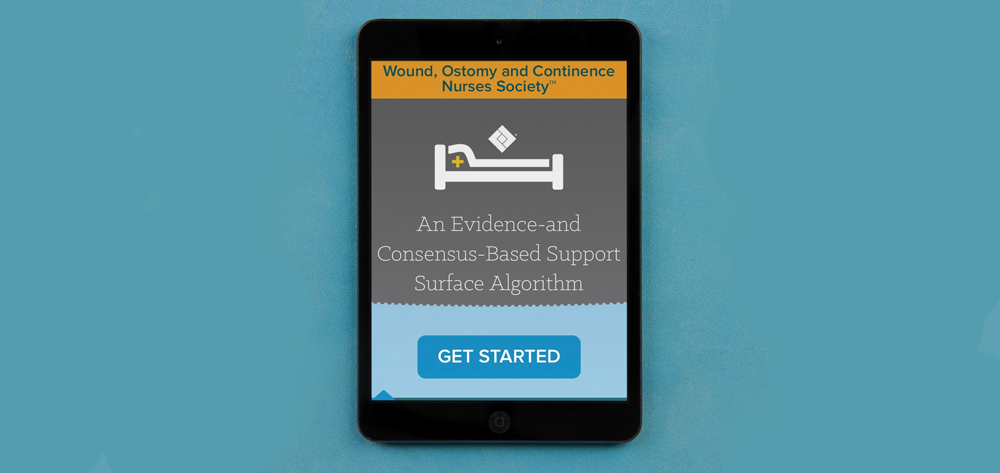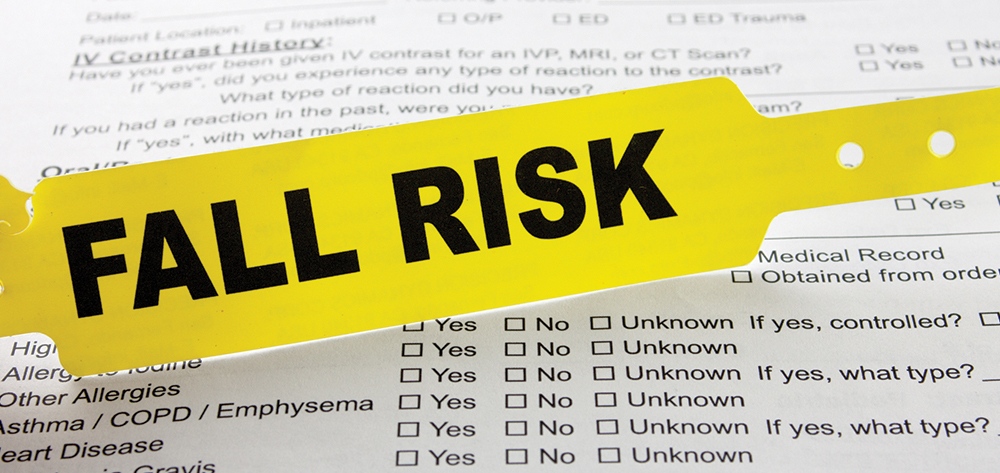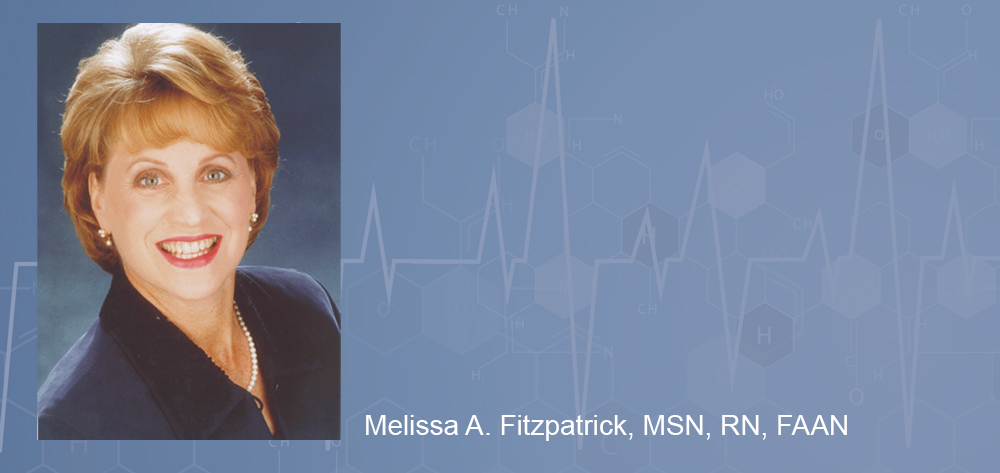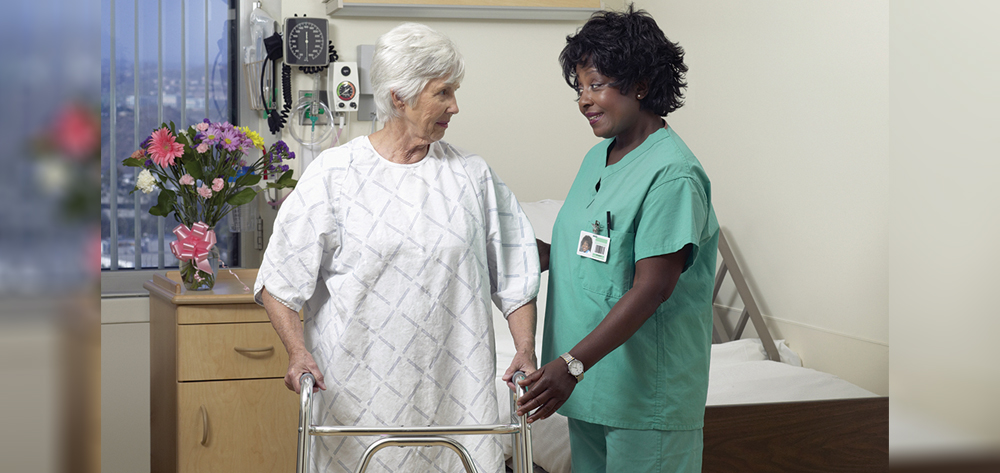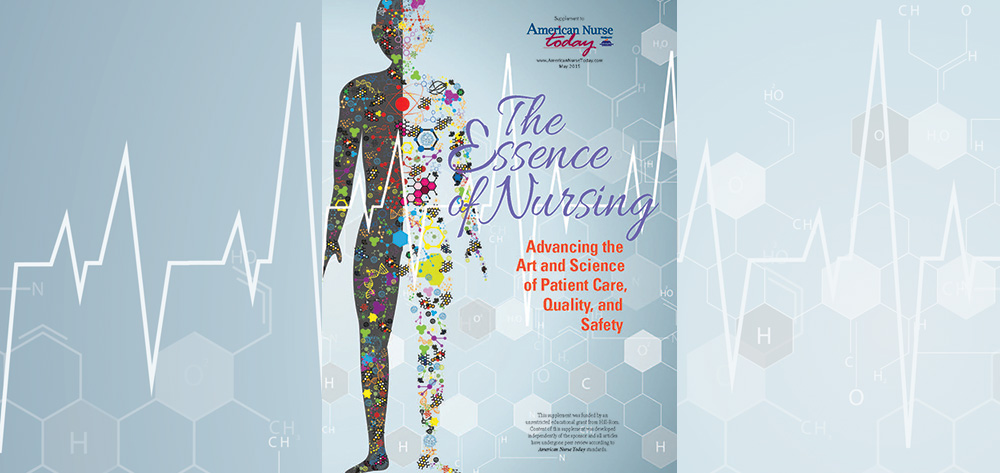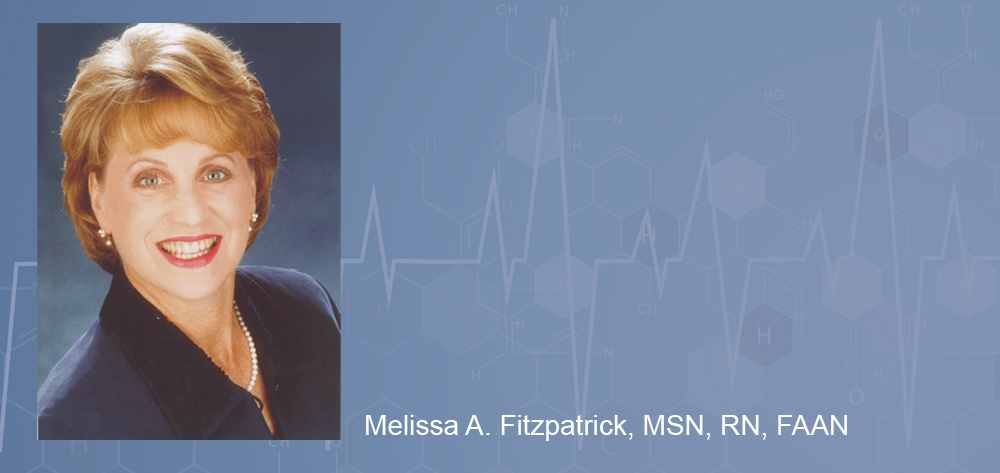The difficult transition from student nurse to new nurse can lead to nursing errors, including missed care and untoward patient consequences. Defined as an error of omission, missed care may go by other names—nursing care left undone, unfinished care, task incompletion, unmet nursing care needs, and implicit rationing of nursing care. Whatever it’s called, it can jeopardize patient outcomes, especially when it’s cumulative over time.
According to Kalisch (2012), certain nursing care elements are missed at a higher frequency rate, including ambulation, turning, oral care, glucose monitoring, and vital sign checks.
Research supports the positive impact of these basic nursing interventions on quality of care and patient outcomes. Other reportedly missed or delayed nursing care activities include purposeful rounding and catheter care.
Role of technology in preventing missed care
With greater patient acuity comes the need to implement practices that support standards of care. Healthcare technologies offer proactive decision support and alerts to help prevent missed-care episodes. Without technology to automate reminders and report actionable data electronically, missed care will continue to pose a problem that’s difficult to measure and manage. In many organizations, nurses report missed-care episodes manually, sometimes with questionable reporting accuracy.
Some nursing education programs use healthcare technologies resembling those used in hospital settings, such as the electronic health record and barcode scanning. Simulations give students the chance to practice the skills they need to help prevent falls and infections, maintain patients’ skin integrity, and communicate effectively with other interdisciplinary team members.
In education programs that use simulation technologies with electronic reminders, faculty can review students’ missed-care episodes to raise awareness of the problem before students provide actual patient care. Students with more simulation experience and education on the consequences of missed care are less likely to omit care.
Simulation technologies that include electronic reminders can improve accuracy of missed-care reporting and replace manual methods. Proactive electronic alerts promote prevention of missed care and help students gain confidence in their ability to provide safe, effective care. Similarly, novice nurses can benefit from electronic reminders to prevent missed care. For the broader healthcare team, proactive electronic alerts promote care coordination. (See Role of nurse leaders.)
Role of nurse leadersNurse leaders can play an important role in preventing missed care by advocating for electronic nursing reminder technologies and their inclusion within nursing standards and job descriptions. To ensure a nurse-friendly design of these technologies, healthcare organizations should collaborate with vendors and information technologists or clinical informaticists. |
Bridging the gap
As the population ages and many experienced nurses retire, the demand for nurses will continue to rise. To promote good patient outcomes, we need to find ways to bridge the gap between student and practicing nurse. Use of simulation technologies by nursing students can help us bridge this gap and reduce the incidence of missed care.
Students exposed to state-of-the-art nursing unit technologies in simulation laboratories have the advantage of early engagement and heightened awareness of missed care through the use of proactive electronic reminders. Younger nurses and nursing students are more acclimated to technology in both simulation and actual patient care. Many were introduced to technology in their formative years and thus are more accepting of new processes that use it. Nurses who perceive a positive impact of healthcare technology on their practice and who use care reminders have fewer reports of missed care.
While advanced clinical knowledge undoubtedly enhances patient care, we must never overlook basic nursing care. Each nurse should ask herself, “What’s the purpose of this basic intervention to help my patient? If I omit this nursing care activity, what could be the consequence to my patient?” Student simulations and engaging student nurses in the essence of nursing care can help prevent missed care.
Selected references
Agency for Healthcare Research and Quality (AHRQ). New Patient Safety Primer on Missed Nursing Care. June 2015. Rockville, MD: AHRQ. ahrq.gov/news/psprimer.html
American Association of Colleges of Nursing (AACN). The Essentials of Baccalaureate Education for Professional Nursing Practice. AACN: Washington, DC; 2008.
Eaton-Spiva L, Buitrago P, Trotter L, Macy A, Lariscy M, Johnson D. Assessing and redesigning the nursing practice environment. J Nurs Adm. 2010;40(1):36-42.
Howard JN. The missing link: dedicated patient safety education within top-ranked US nursing school curricula. J Patient Saf. 2010;6(3):165-71.
Institute of Medicine. The Future of Nursing: Focus on Education. Washington, DC: National Academies Press; 2011. iom.nationalacademies.org/~/media/Files/Report%20Files/2010/The-Future-of-Nursing/Nursing%20Education%202010%20Brief.pdf
Institute of Medicine. The Future of Nursing: Leading Change, Advancing Health. Washington, DC: National Academies Press; 2011.
Jones TL, Hamilton P, Murry N. Unfinished nursing care, missed care, and implicitly rationed care: State of the science review. Int J Nurs Stud. 2015;52(6):1121-37.
Kalisch B. Caring about a better outcome. Nurs Stand. 2012;26(44):62-3.
Kalisch B. Errors of Omission: How Missed Nursing Care Imperils Patients. American Nurses Association; 2015. nursesbooks.org/Main-Menu/Quality/Errors-of-Omission.aspx
Klopper HC, Hill M. Global Advisory Panel on the Future of Nursing (GAPFON) and Global Health. J Nurs Scholarsh. 2015;47(1):3-4.
Meyer G, Lavin MA. Vigilance: the essence of nursing. Online J Issues Nurs. 2005;10(3):8.
Piscotty RJ, Kalisch B, Gracey-Thomas A, Yarandi H. Electronic nursing care reminders: implications for nursing leaders. J Nurs Adm. 2015; 45(5):239-42.
Piscotty R, Kalisch B. Lost opportunities…the challenges of “missed nursing care.” Nurs Manag. 2014;45(10):40-4.
Piscotty RJ, Kalisch B. The relationship between electronic nursing care reminders and missed nursing care. Comput Inform Nurs. 2014;32(10):475-81.
Saintsing D, Gibson LM, Pennington AW. The novice nurse and clinical decision-making: how to avoid errors. J Nurs Manag. 2011;19(3):354-9.
Pamela Wells is clinical director of clinical workflow solutions at Hill-Rom in Cary, NC. Amanda Pierce-Anaya is an assistant professor and director of nursing and simulation education at Texas Tech University in El Paso.





